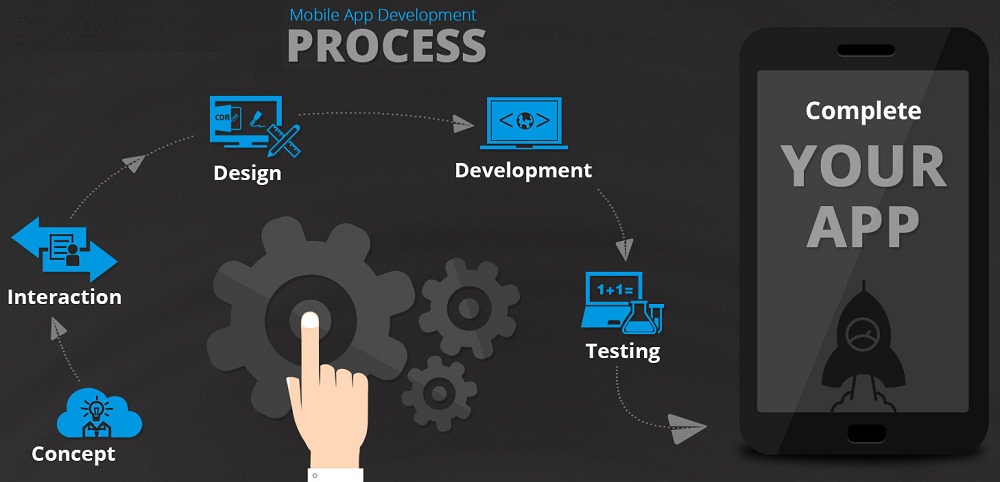
You have decided to develop an application for an enterprise and you have a list of to-do things. I bet that your list will have one of the mistakes that I am going to discuss in this blog. Very often app developers underestimate the effort required in creating an app for an enterprise. This happens because they fail to have a clear understanding of the result with respect to the time at hand. But, don’t worry you are on the right page. Read on to learn about the mistakes that are often made and also the ways to avoid such mistakes.
#1. Plan as You Proceed
This is a strict no. Many a times, the only clarity that developers have when creating an app is the operating system (Android or iOS), input types, and responsive design. It is very important to have a clear plan in mind in terms of what you are creating. If you are an enterprise, then you can consider professional Android and iOS developers India. If you are a developer, then consider the following questions before you start working:
- What is the purpose of creating the app?
- What features are wanting to incorporate in the app?
- Are the features relevant to the purpose?
- Do you have the time and manpower to develop an app with the required features?
- Would outsourcing be a better option rather than in-house development?
Related: 2017 IoT Trends Transforming Businesses Into Digital
#2. User Experience Matters When You Test
The user experience and their ease should be the first thing that matters. The app should be designed and developed in a way that reflects user-centric approach. In an organization, an employee is already busy with a lot of work. The enterprise is getting an app developed to reduce the workload and if the app is complex and difficult to understand, then employees are more likely to avoid using it. Here are some tips to ensure that the user experience is taken care of from the beginning:
- Users should be able to comfortably browse through the app with a single log-in or credential rather than inputting that at many levels.
- The loading time should be minimal. Try optimizing images and content from the beginning. Adopt techniques like lazy loading.
- If the app has been created for a purpose, then users should be able to do that work within a few minutes. For example, if the employees are supposed to use the app for marking attendance, then they should be able to do it within a few seconds.
#3. Security Is the Last Check

Security is vital to every application. This becomes even more important when you are creating an app for an enterprise because the information that can be accessed from the app can be crucial. Therefore, a good idea about the kind of security you want to implement will take you a long way and prevent you from having to rework later. Some important tricks to consider are:
- Choose your security preference from the beginning. So, that the development is done accordingly.
- Opt for a security system that is appropriate for your app. If your app does not have any critical data, then no need to opt for multi-layer secure systems.
#4. Updates Are Not Required
Many amateur developers think that only the application where information changes require updates. But, that’s not true. Updates are required to:
- Fix bugs that are reported.
- Change content and layout.
- Make your app compatible with the new releases of the operating system.
The updates are extremely important if you want your app to continue running. If you think that it is too much of an effort, then there are professional developers (individuals and companies) who can take care of everything, i.e., from designing to development and updates. Many enterprises choose Android and iOS developers India.
Also See: How Would you Select a Technology Partner?
#5. Testing on Emulators is Sufficient
This might be true if you are creating an app which will be minimally used which is not the case when we are talking about enterprise application management. In an organization, employees are using different devices and some companies have bring your own device policy as well. In this case, testing on emulators is not at all sufficient. Some tips to create a robust testing environment are:
- Specify the minimum hardware and software requirement so that testing can be done in those conditions.
- Consider the Internet speed of users. Not everyone will be equipped with a high-speed wi-fi. So, test with a broadband or specify the Internet speed.
- Use real devices to test the responsiveness and input techniques. Emulators might not show desired results in cases.
By avoiding these common mistakes, you can create an app that is creative yet useful. Let us know what you think about the mistakes or share your knowledge in the comment section below.
